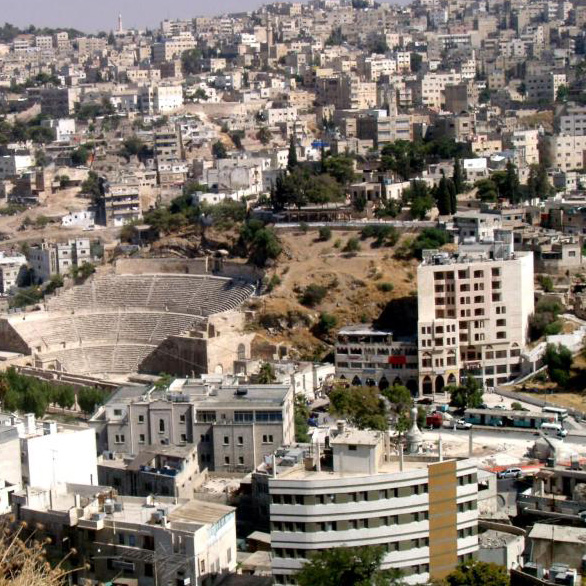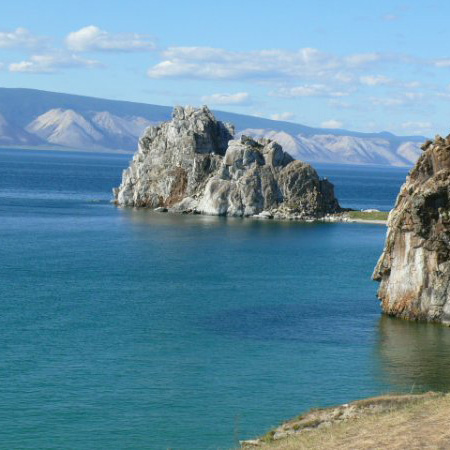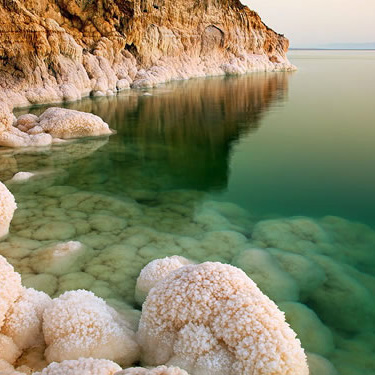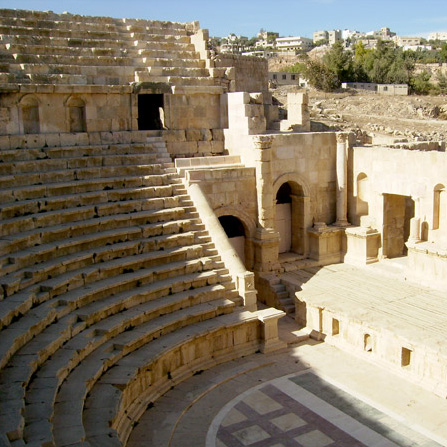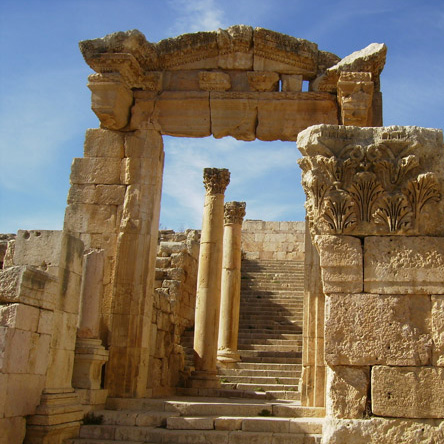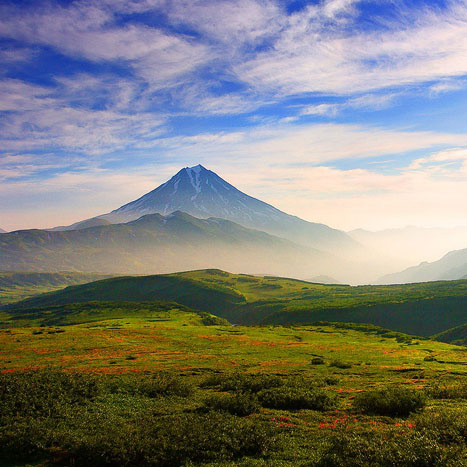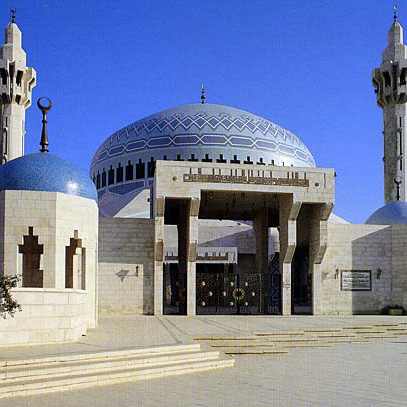Power play: Jordan gaining momentum in the use of renewable
Julia Klusova, Arafnews Materials Gulf News / The need for Jordan to reduce the country’s dependence on oil and gas imports forced the government in 2007 to adopt the National Energy Strategy (NES), which is an energy development plan until 2020. By this, the strategy calls for increased use of domestic energy sources from 4% to 40%.
NES encourages the development of domestic deposits of oil shale, renewable energy and nuclear energy. These Objectives are ambitious, and have yet to find out what Jordan will be able to achieve. With regard to electricity generation, NES provides for 7% of the required energy from renewable sources by 2015 and 10% – by 2020. Nuclear energy should also contribute.
To support the RV Jordan passed the Law on renewable energy and energy efficiency in order to “streamline investment procedures and provide citizens with the opportunity to sell electricity back to the national network.” The investment required for this purpose are estimated at US $ 14-18 billion investment in renewable energy sources -. From US $ 1,4 billion to US $ 2,1 billion in oil – US $ 3,4 billion in gas – US $ 2, 4 billion in energy – from US $ 4.8 billion to US $ 5.8 billion, according to the Brussels Invest & Export report dated August 2015.
In 2014, Jordan produces 10 MW of electricity from renewable sources. The development is the 15 projects that were supposed to increase this amount to 500 MW.
In 2011, the government appealed to investors, showing “interest” in the construction of wind power capacity of 1,800 MW, solar – 600 MW and stations operating in the waste and biomass capacity of 30-50 MW. Terms relating to the use of technology and power stations have been established by the Ministry of Energy and Mineral Resources. As a result, by 2020 in the operation should be put wind and solar plants with a total capacity of 2000 MW.
The number of small units for homes, mosques and hospitals is also increasing. Currently, their total capacity is 30 MW.
The intensity of solar radiation in Jordan ranges from 5 to 7 kWh / m 2 , which is well suited for the use of solar energy. This is one of the highest rates in the world.
Small PV systems in rural areas and remote villages already used for lighting, water pumping and other services. About 15% of the kingdom’s households are equipped with solar water heating system. According to the NES, in 2020 30% of all households will be equipped with such.

By 2020, the NES is planning the installation of solar systems such as concentrating (CSP), photovoltaic and hybrid systems with a total capacity of 300-600 MW. The first demonstration project of solar concentrating utanovki type most likely to be used, where the intensity of the sun is highest for desalination in Aqaba.
Shams Ma’an – photovoltaic power plant with capacity of 52.2 MW – signed with the company for the construction, commissioning and maintenance contract for the purchase of electricity for a period of 20 years at a price of 14.8 cents per kilowatt-hour. The plant cost US $ 150 million, is expected to be completed this year. Subsequent requirements are focused on more favorable rates – 6-7 cents per kilowatt hour, slightly higher than the world’s lowest price (5.89 cents per kilowatt-hour) in a sunny park UAE.
Jordan, is responsible for supplying electricity to the West Bank, the Palestinian Authority promises to mount the unit capacity of 5 MW and implement an accounting system, which will produce 100% of domestic capacity and sell surplus state networks.
wind rose encouraging studies indicate the wind speed – about 7.5 m / s, and in some regions more than 11 m / s. Current projects are modest but encouraging. Wind Ibrahimyah Hofa station and to the north of Amman consist of four for five 0.08 MW and 0.225 MW for the turbines, respectively.
Wind station Tafila Wind Farm capacity of 117 MW, is located in 180 km south-west of Amman. This joint venture InfraMed, Masdar, and EP Global Energy. It is expected that its construction costs will amount to US $ 285 million, of which US $ 221 million – loans provided by various financial institutions, including the OPEC Fund.
In general, the Government would like to see a more rapid development of wind power and its power output to 1,200 MW by 2020. However, that Jordan’s ambitions do not end there. The country plans to build two nuclear reactors with capacity of 1000 MW by 2023 and 2025.
Pending a final site selection for the NPP Russia approved a draft agreement on the construction of two reactors, an estimated value of US $ 10 billion.
In 2009, contracts were concluded with Korea on the construction of a research reactor with capacity of 5 MW at the Jordan University of Science and Technology. The object is used for the training of scientists and engineers engaged in nuclear research.
Although skeptical about the nuclear ambitions of Jordan much encouraged by the presence of deposits of the country, at least 35 thous. Tons of uranium ore, in addition to those that can be removed during the processing of phosphates. Research in the field of construction of facilities for uranium mining continues. In the near future the country could become an exporter and also uranium.
There are many problems to be solved in order to realize these ambitious goals, and the solution lies, first of all, to find the necessary financial resources.
News
23.08.2021
Meeting with King Abdullah II of Jordan
12.06.2019
Cooperation Agreement Signed in Hashemite Kingdom of Jordan
Russian-Arabic Business Council
Всех заинтересованных в установлении и развитии сотрудничества с деловыми кругами стран Арабского Востока приглашаем обратиться в Российско-Арабский Деловой Совет по адресу:
109012 г. Москва, ул.Ильинка, 5/2
тел./факс + 7 (495) 929-02-55
тел. + 7 (495) 929-03-13/15/16
эл.почта: rads@tpprf.ru
сайт: www.rusarabbc.ru
